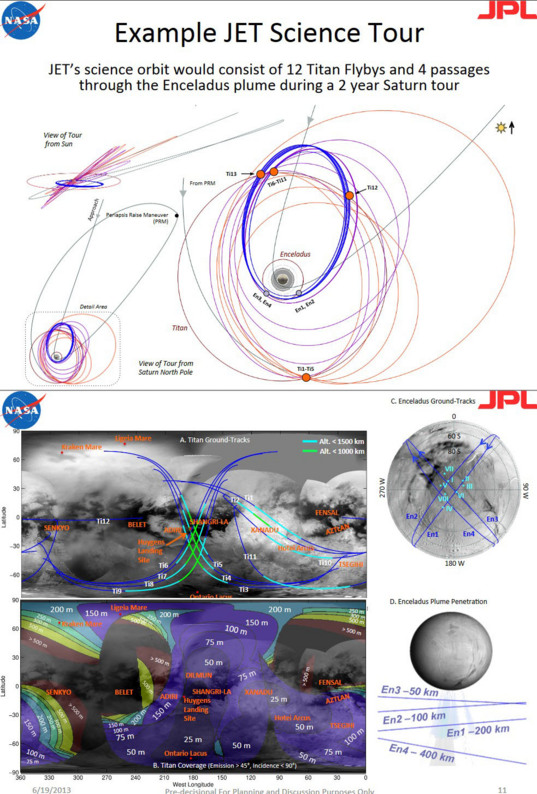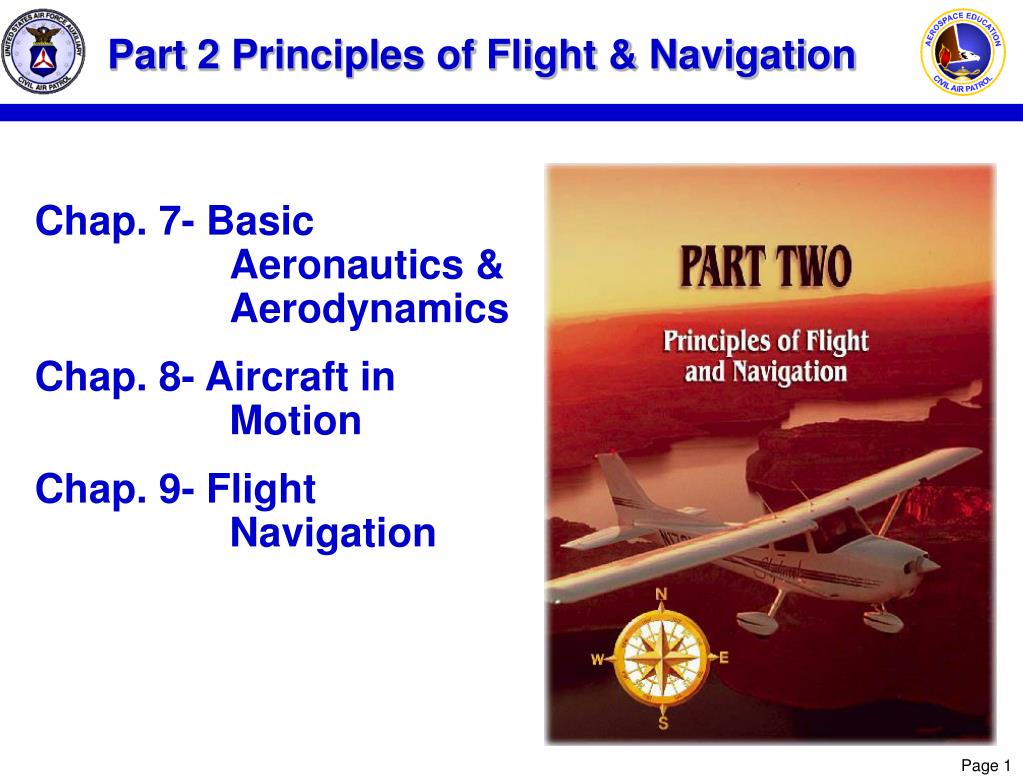


Classifications determine the rules for flying within a piece of airspace and whether it is ‘controlled’ or ‘uncontrolled’. The lower section remains referred to as a FIR, but the upper portion is referred to as an Upper Information Region (or ‘UIR’).Īirspace within a FIR (and UIR) is usually divided into pieces that vary in function, size and classification. In some cases, FIRs are split vertically into lower and upper sections. Airspace over the ocean is typically divided into two or more FIRs and delegated to controlling authorities within countries that border it. Smaller countries may have one FIR in the airspace above them and larger countries may have several. The CAA is the controlling authority for the UK and NATS provides air traffic services for them.įIRs vary in size. Each FIR is managed by a controlling authority that has responsibility for ensuring that air traffic services are provided to the aircraft flying within it.
#AIR NAVIGATION PART ONE INTRODUCTION TO THE EARTH SERIES#
A series of thermometers mounted at different heights above the ground would reveal that air temperature falls off rapidly with height.Flight Information Regions (FIRs) around the worldĪll airspace around the world is divided into Flight Information Regions (FIRs).

Although sunlight warms the surface, heat flow from the surface to the air above is limited by the poor conductivity of air. On clear, sunny days with little or no wind, air temperature can be much higher right near the ground than slightly above it. At night, the ground cools and the heat flows from the warmer air directly above to the cooler ground via conduction. Conduction directly affects air temperature only a few centimeters into the atmosphere.ĭuring the day, sunlight heats the ground, which in turn heats the air directly above it via conduction. Since air is a poor conductor, most energy transfer by conduction occurs right near Earth's surface. Conduction in the AtmosphereĬonduction, radiation, and convection all play a role in moving heat between Earth's surface and the atmosphere. Not surprisingly, many pots and pans have insulated handles. Air (a mixture of gases) and water are poor conductors of thermal energy. Some solids, such as metals, are good heat conductors. If you've ever touched the metal handle of a hot pan without a potholder, you have first-hand experience with heat conduction! As these molecules collide, thermal energy is transferred via conduction to the rest of the pan. These vibrating molecules collide with their neighboring molecules, making them also vibrate faster. The fire's heat causes molecules in the pan to vibrate faster, making it hotter. Think of a frying pan set over an open camp stove. The rate of energy transfer by conduction is higher when there is a large temperature difference between the substances that are in contact. Conduction occurs more readily in solids and liquids, where the particles are closer together than in gases, where particles are further apart. Conduction is the process by which heat energy is transmitted through collisions between neighboring atoms or molecules. The other two ways heat moves around are radiation and convection. Energy is transferred between the Earth's surface and the atmosphere in a variety of ways, including radiation, conduction, and convection.Ĭonduction is one of the three main ways that heat energy moves from place to place.


 0 kommentar(er)
0 kommentar(er)
